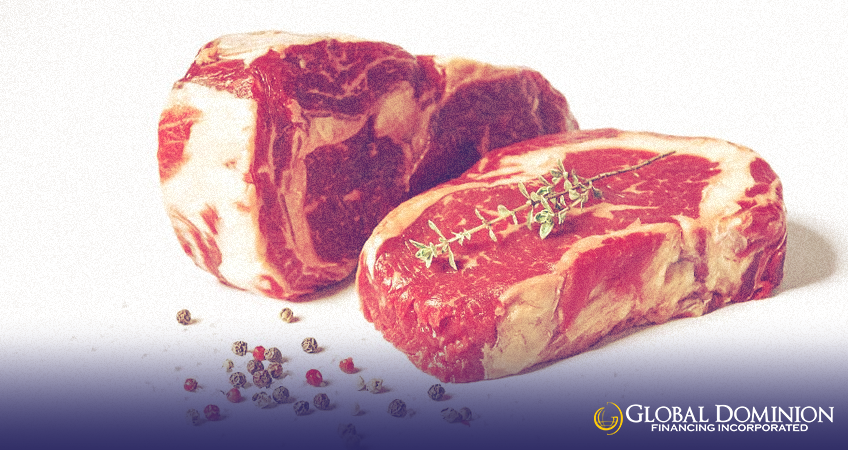Clean Meat, Lean Meal?

Clean meat is actual animal meat that is grown in cell culture, rather than inside animals themselves. Also known as in vitro meat, cultured meat, or lab-grown meat, “clean meat” is the term preferred by proponents because the meat is reportedly cleaner than those from slaughtered animals in terms of both sanitation and environmental friendliness (Friedrich, B., 2016). “Clean” may also refer to the conscience of the consumers because no animals must be slaughtered to produce the meat. Instead, stem cells are removed from an animal by a harmless biopsy and then cultivated in vitro to form muscle fibers which may be made ready for human consumption.
Growing of meat in laboratories isn’t new at all. In fact, cultivation of muscle fibers in vitro was reported as early as 1971, when a researcher grew guinea pig aortic smooth muscle in Petri dishes.
Sustainability would be one of the benefits of supporting consumption of clean meat, as you can imagine, production and processing would be a lot easier versus how it is now with actual live animals. Managing the actual meat through the entire processing would also be more secure and smoother in a sense that there will be less need for manual labor, huge spaces, and intensive maintenance mechanism implementations.
The protection of animal welfare and promotion of environmental friendliness are also in alignment with the production and consumption of clean meat, as no live animal would need to be harmed or killed for its meat and/or produce. Many vegans and/or vegetarians have been avoiding meat for the protection of animal welfare and considering how these living creatures tolerate pain in humans’ process of producing food. The same number might consider consuming clean meat in the future.
Production and processing costs are also expected to be lower compared to how much we’re spending now with growing and processing live animals. It is however unclear as to how much one will have to invest in technological advancements and equipment needed in optimizing production, culturing media, structuring and sanitizing, and other processes which may be required.
Food safety, considerably the best part, would also be particularly covered by consumption of clean meat, as there’d be far better controls over the actual meat production and processing in laboratories, or whatever we shall call it in the future. As you know, with how we’re handling livestock and others animals for produce now, a lot of environmental factors and variables are present.
The economy would be greatly impacted once official mass production and consumption of clean meat starts. Just imagine how many businesses rely on livestock and meat processing at the moment. Demand and supply may also be changed forever, with consideration to how consumer acceptance is going to be, and how factories and companies would be more efficient in terms of production. If ease of execution and establishment wouldn’t be as complex as how it is now outside laboratories, there will be an increase in interest in building clean meat production businesses in the foreseeable future – a lot of small businesses would open.
How do you think clean meat tastes? How do you think majority of the consumers will accept or appreciate this in vitro produce for humans? Would you be supportive of clean meat consumption once it’s officially out in the market, especially when it hits the Philippines? Share your thoughts in the comments section. For questions or feedback about this write up, email aoguanzon@gdfi.ph.





